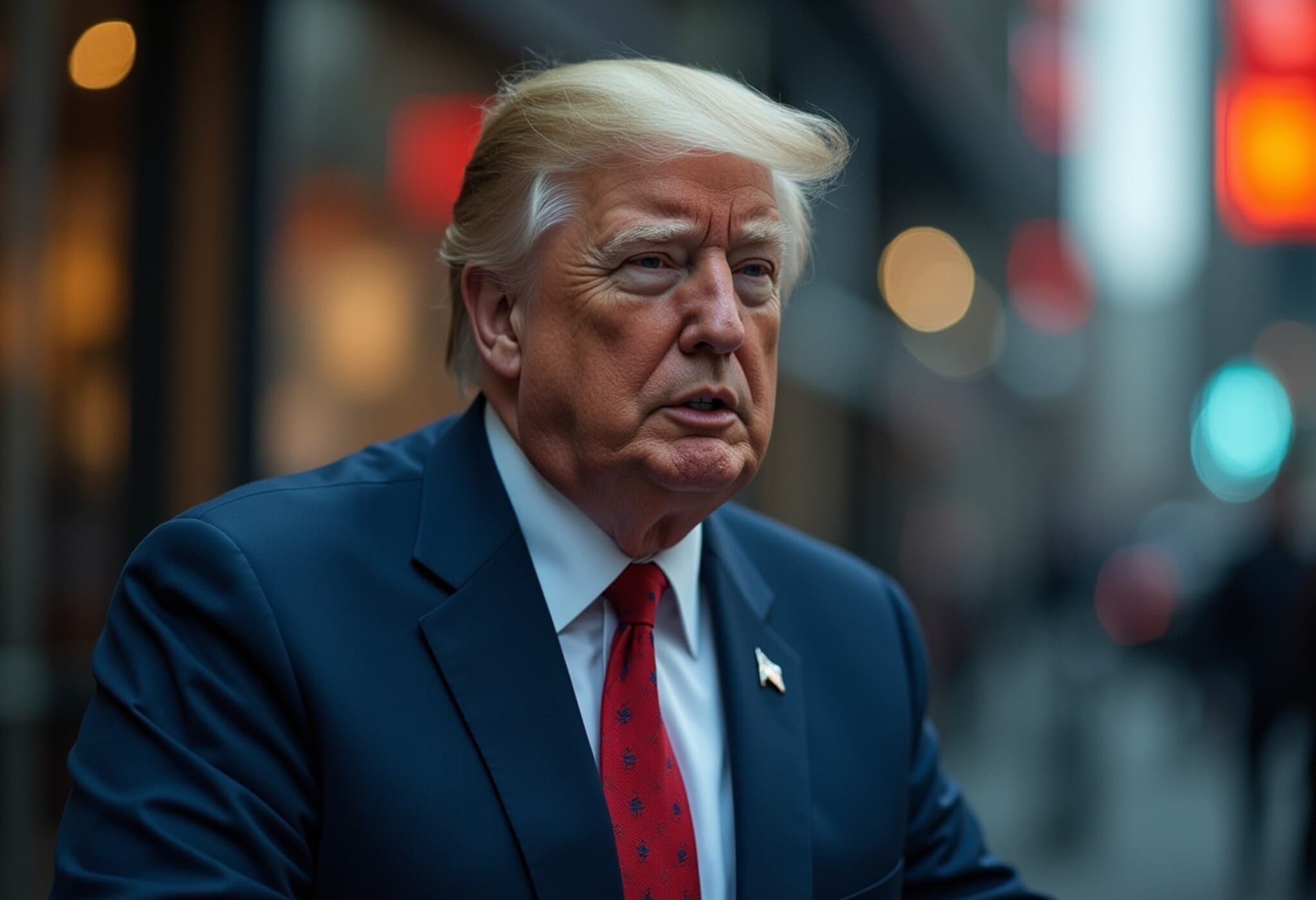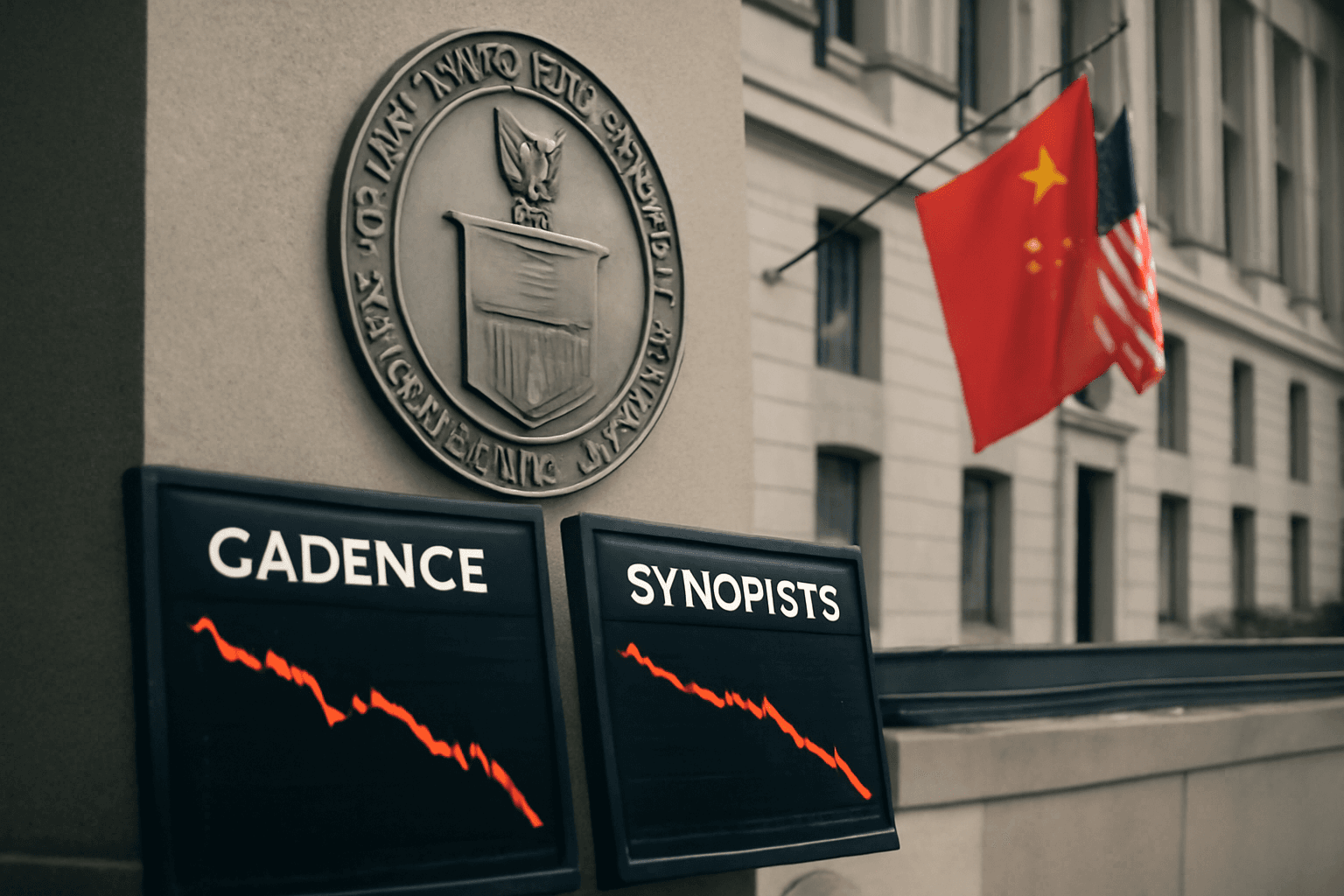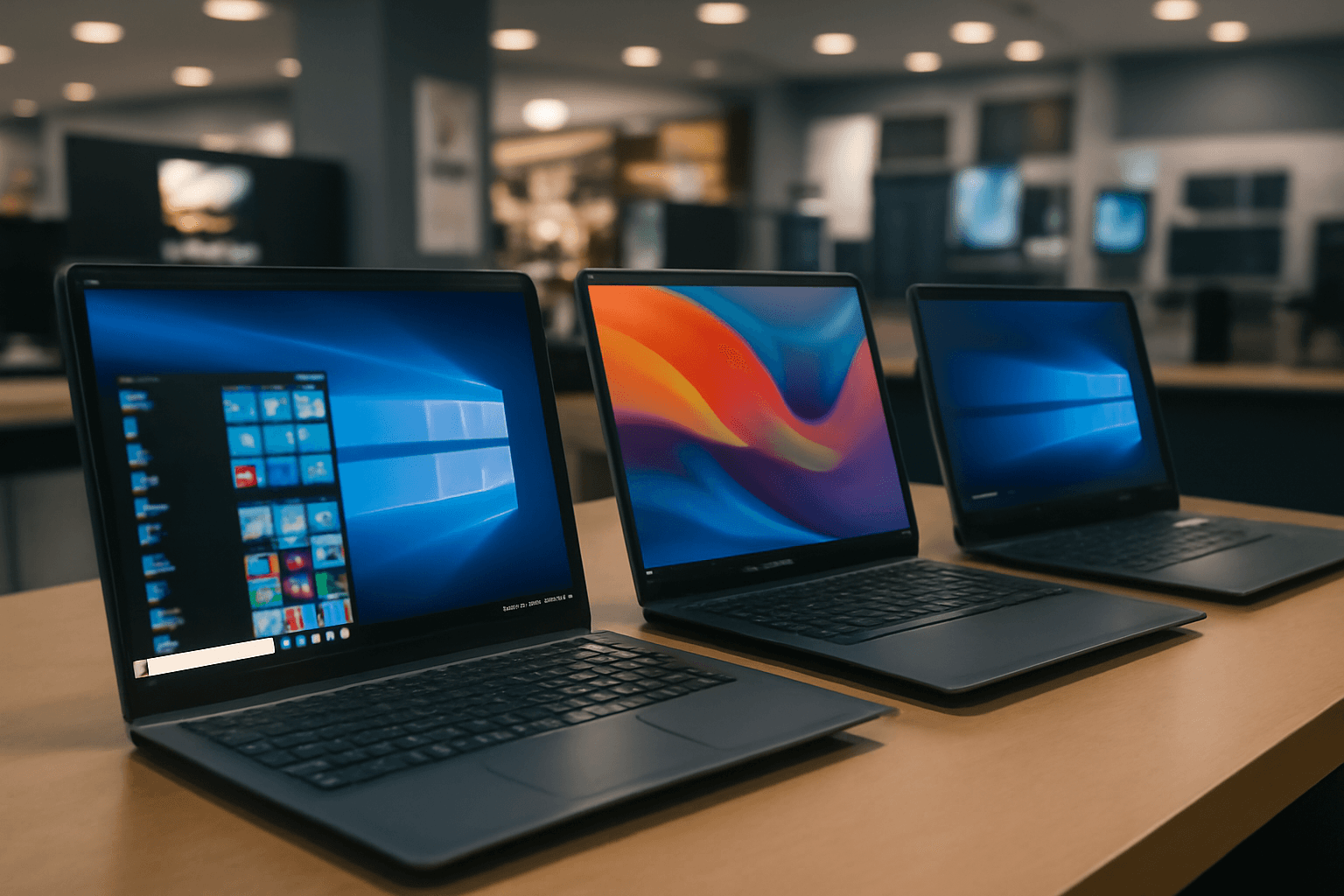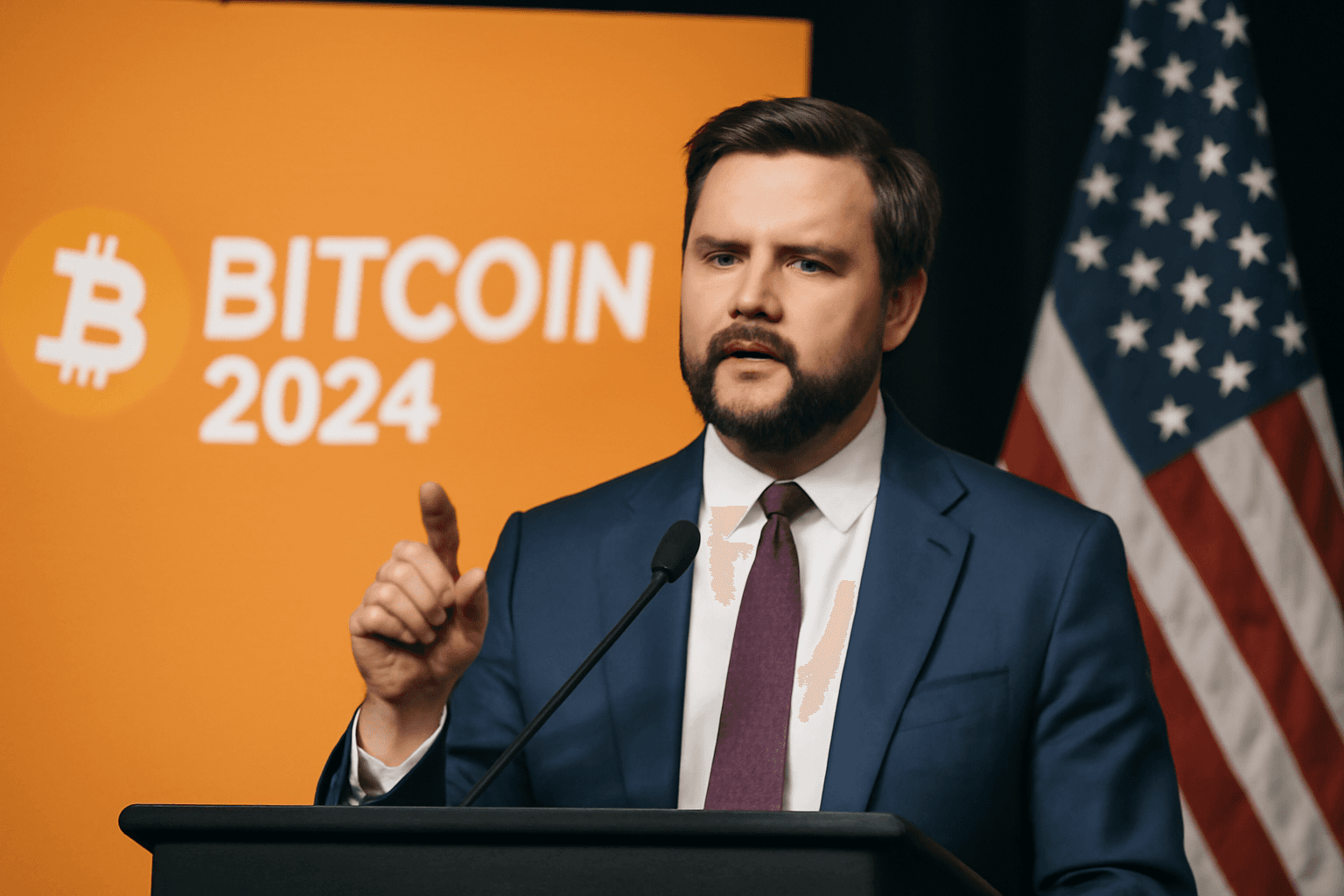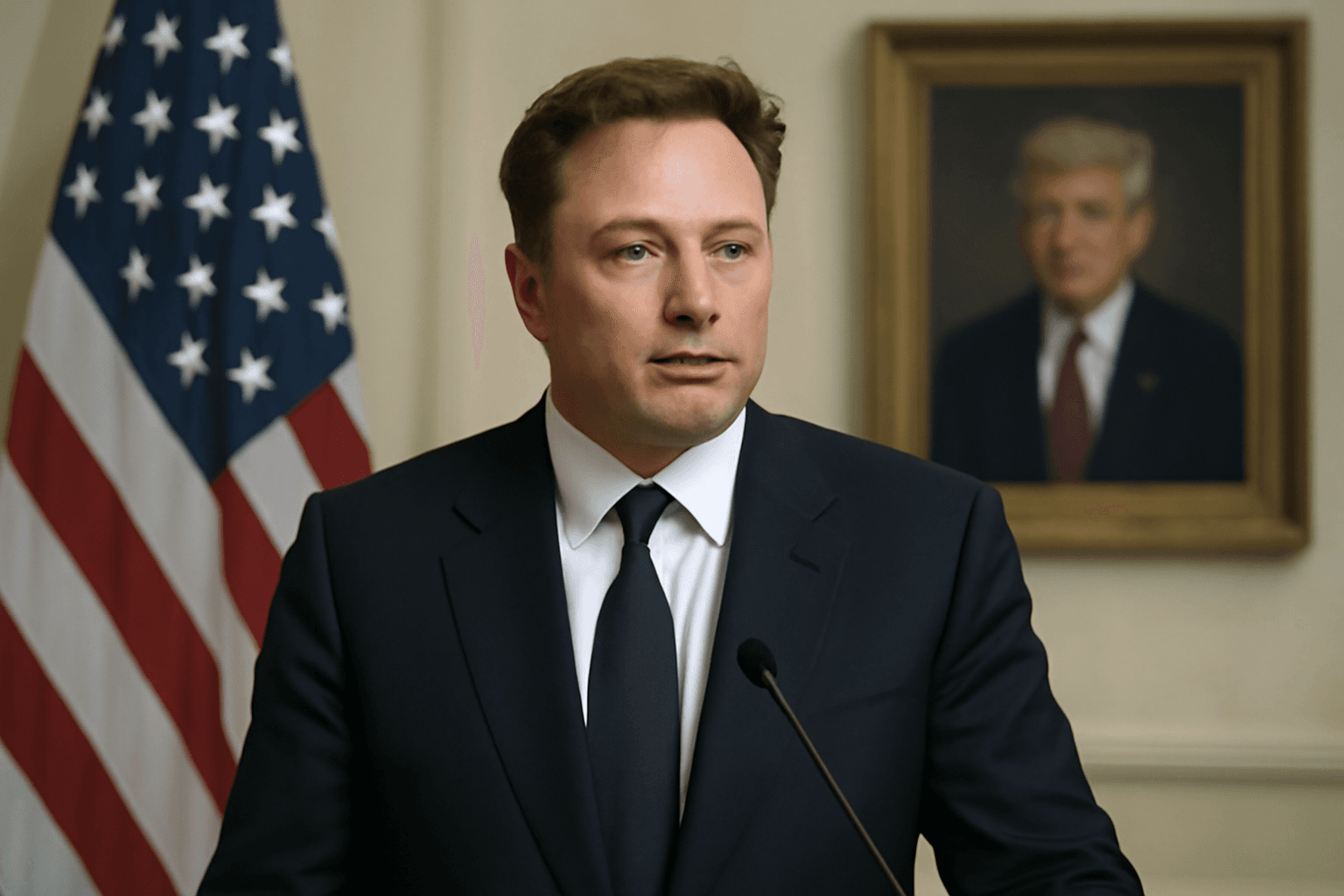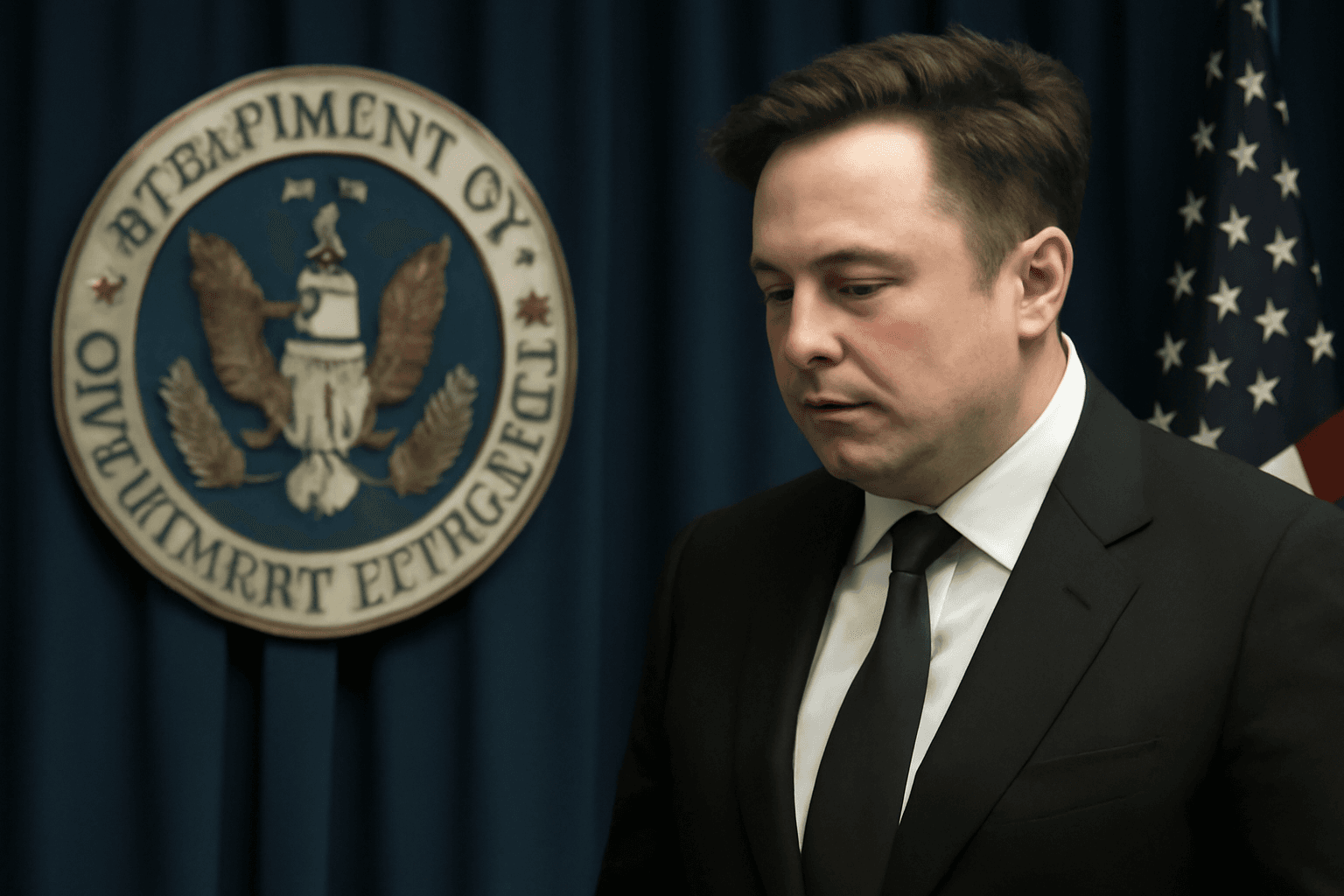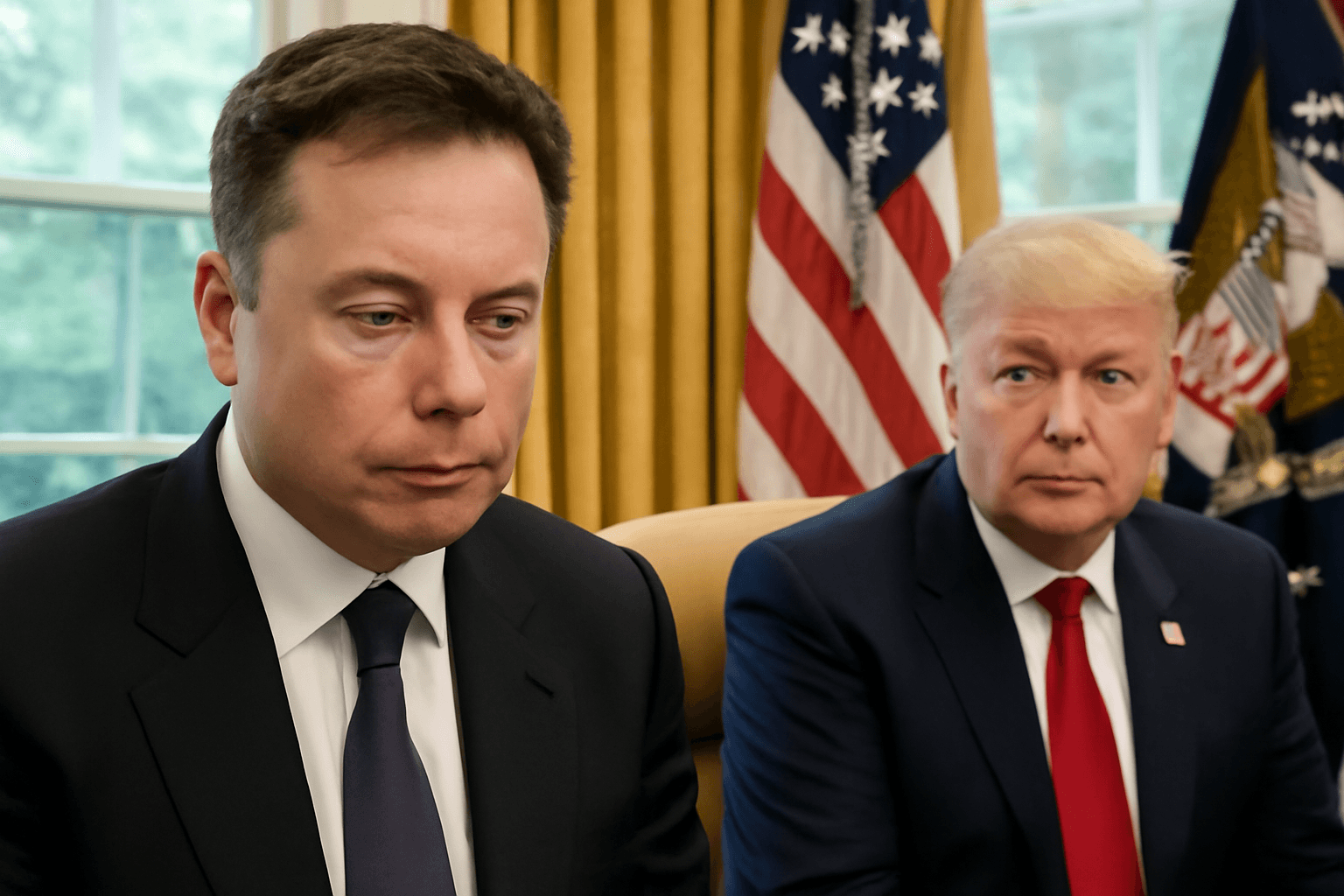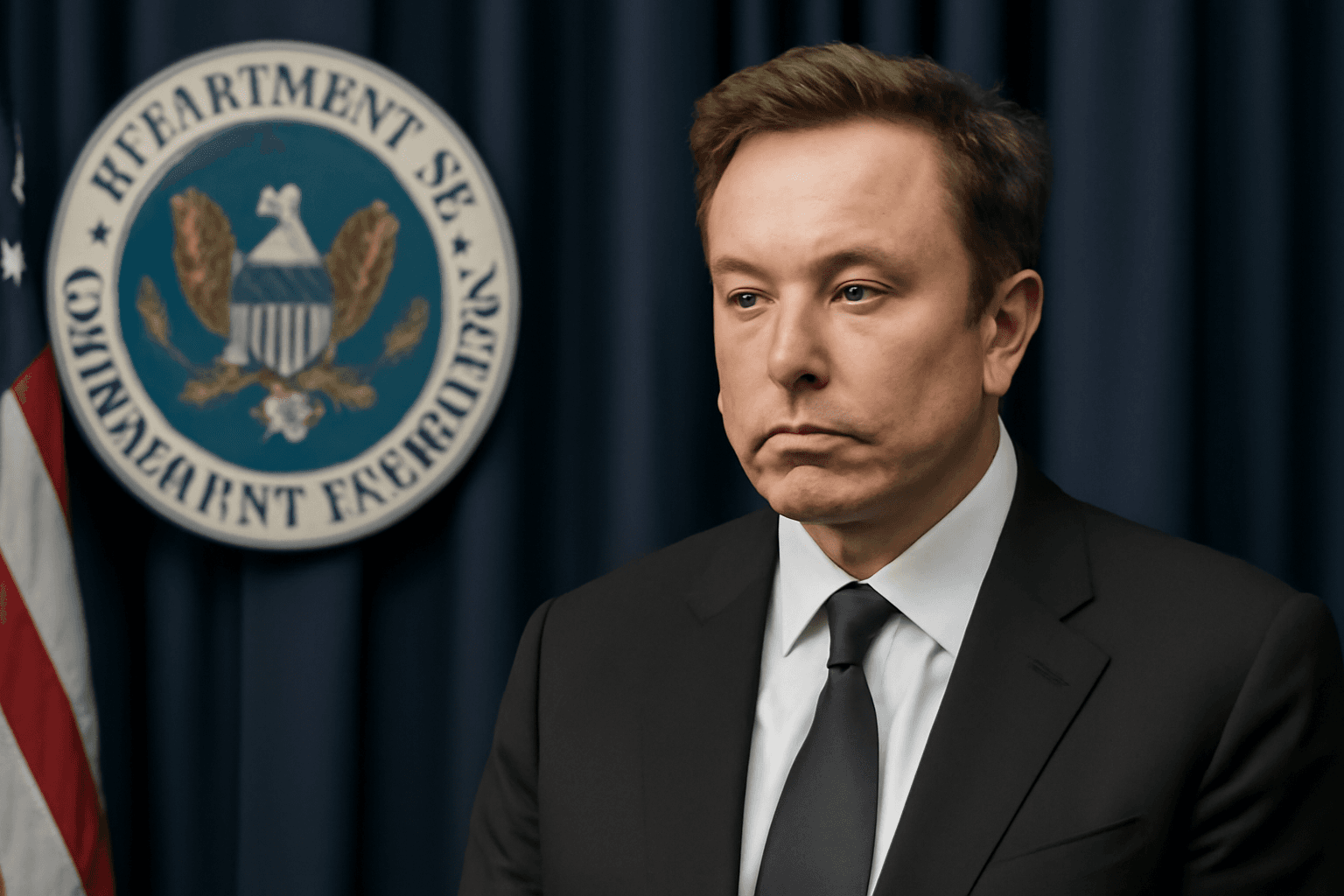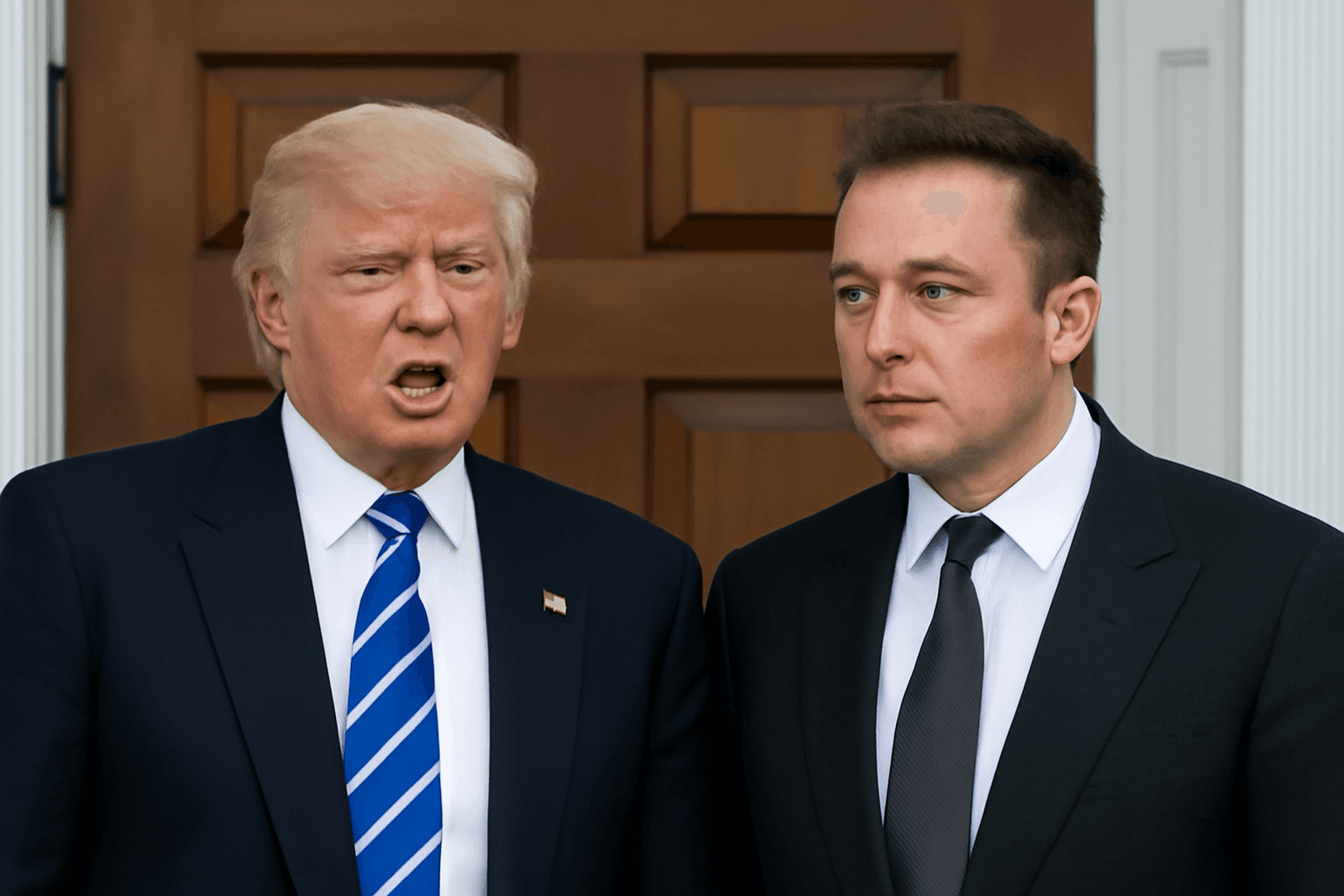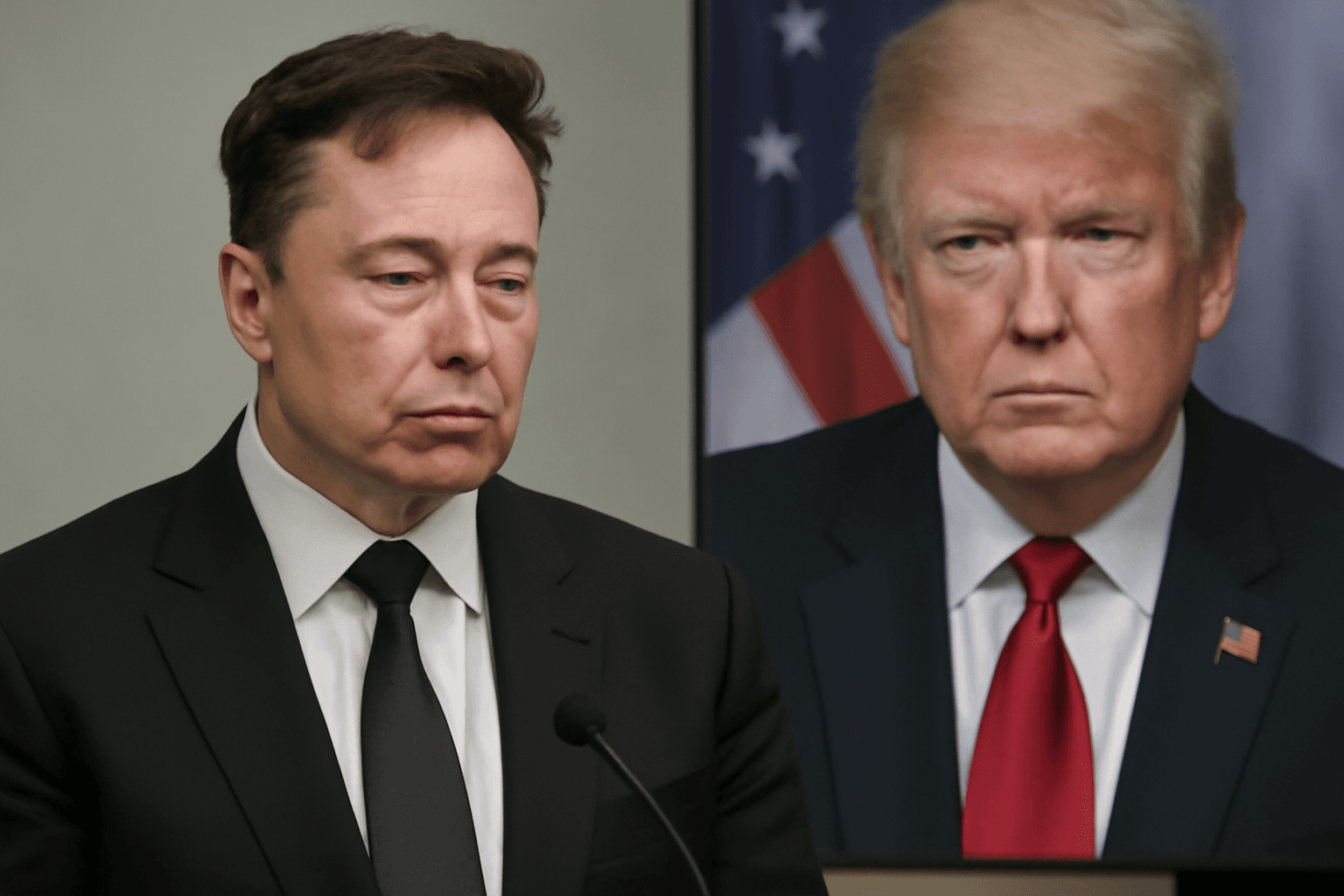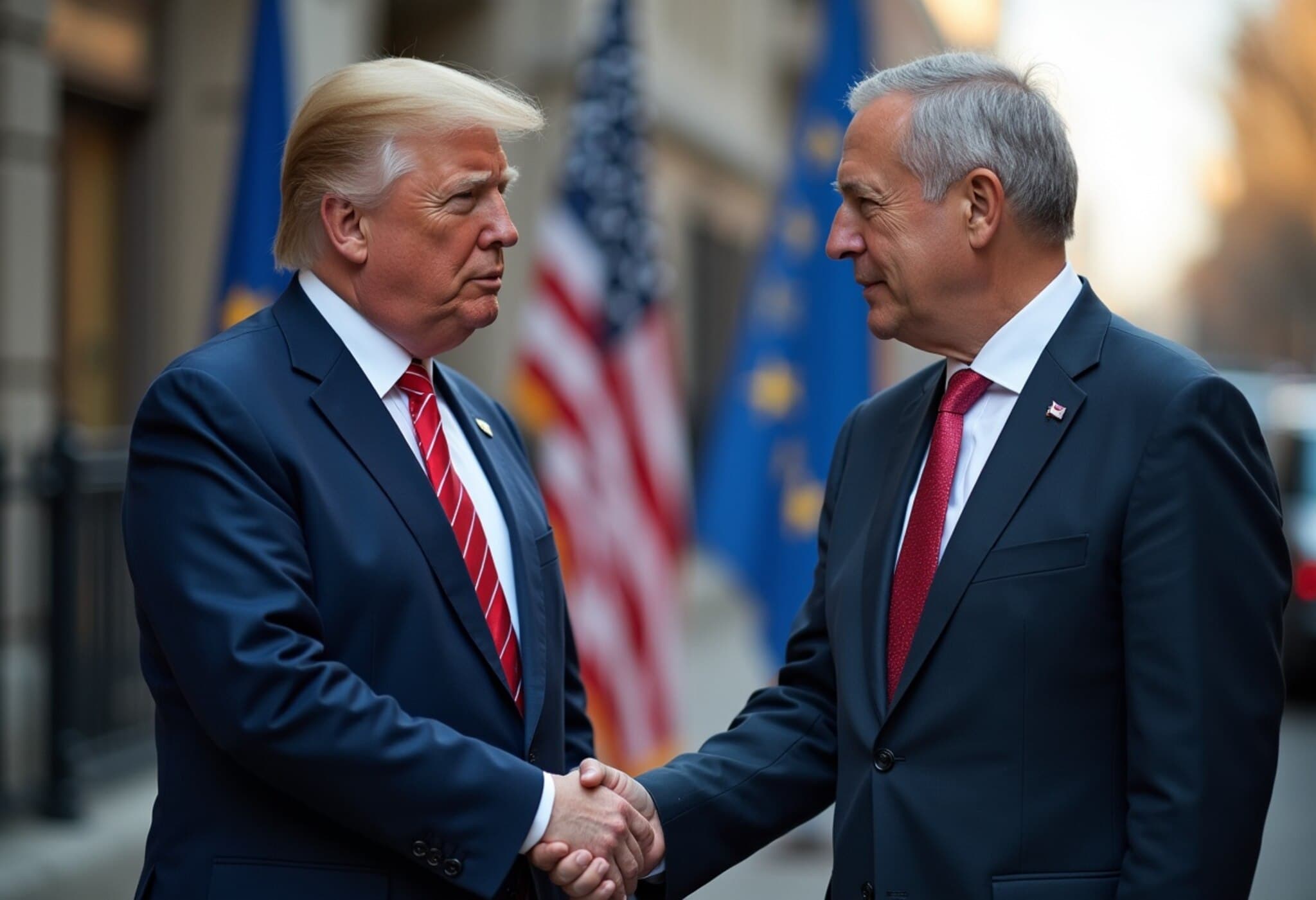US Commerce Secretary Announces Imminent Outcome of Semiconductor Import Investigation
On Sunday, Commerce Secretary Howard Lutnick announced that the results of a critical national security investigation into semiconductor imports will be unveiled within two weeks. The probe, initiated under Section 232 of the Trade Expansion Act of 1962, scrutinizes the national security implications of America’s growing dependence on foreign-built semiconductors, a cornerstone of modern technology and manufacturing.
This announcement comes amidst sharp trade negotiations between the United States and the European Union, following a meeting between President Donald Trump and European Commission President Ursula von der Leyen. Lutnick noted that this investigation formed a significant part of the EU’s motivation to pursue a comprehensive trade agreement aimed at resolving multiple economic issues simultaneously.
New Trade Framework and Tariffs: What to Expect
During the meeting, President Trump stressed that upcoming policies would encourage substantial investment in domestic semiconductor manufacturing. He emphasized interest from companies based in Taiwan and other regions that seek to avoid potential new tariffs by building their capabilities within the US. This shift reflects wider strategic efforts to revitalize America’s manufacturing sector and shore up supply chain security.
Trump highlighted the EU’s relative success in navigating the impending semiconductor tariffs, describing it as "avoiding the pending chips tariffs in a much better way" than others. Both leaders unveiled a new trade framework featuring a blanket 15% tariff on all EU imports into the United States, including autos—an industry already facing a 25% tariff under separate sectoral measures.
Context: National Security and Trade Policy Intersection
The investigation into semiconductors and pharmaceuticals, launched earlier this year, taps into deep concerns about the US’s vulnerability due to heavy reliance on overseas suppliers for critical goods. The probe’s possible outcome could lead to sweeping tariffs that reinforce domestic production but also risk escalating trade tensions at a delicate time globally.
The Trump administration has ramped up its use of Section 232 in recent years, previously imposing steep tariffs on steel, aluminum, copper, and lumber imports. These measures are designed to protect American industry but have sparked widespread debate about their long-term impact on global trade relations and domestic consumers.
The Semiconductor Supply Chain Challenge
Semiconductors, often described as the "brains" of electronic devices, are vital to everything from cars to smartphones. The US currently imports a large portion of its chips from Taiwan, a geopolitical hotspot. Efforts by past administrations—including significant federal incentives under the Chips Act during the Biden presidency—aim to increase US-based chip production and reduce risks tied to foreign supply disruptions.
This investigation underscores the ongoing challenges policymakers face balancing economic interests, national security imperatives, and global diplomatic relationships. It highlights questions about how tariffs and trade policies can be calibrated to stimulate domestic innovation without provoking retaliatory measures or supply chain shocks.
Looking Forward: What This Means for American Industry and Global Trade
- Potential Tariffs Impact: New duties on semiconductors and pharmaceuticals could reshape supply chains and incentivize production on US soil.
- Investment Incentives: Companies from Taiwan and elsewhere may accelerate establishing manufacturing facilities within the US to avoid tariff exposure.
- Trade Relations: The interplay with the EU’s trade framework indicates a strategic move to consolidate agreements and manage multiple trade issues simultaneously.
As this national security probe reaches its conclusion, stakeholders across tech, manufacturing, and policy spheres will be watching closely. The outcomes may set precedents for how the United States navigates competition and cooperation in an increasingly complex global economic landscape.
Editor’s Note
The pending conclusion of America’s semiconductor import investigation arrives at a crossroads of technological innovation and geopolitical rivalry. With chips serving as the lifeblood of modern economies, the decisions made in the coming weeks could either catalyze a renaissance in US manufacturing or deepen trade tensions that ripple worldwide. Readers should consider how trade policies balance safeguarding national interests and fostering global cooperation—a challenge at the heart of 21st-century economic strategy.

